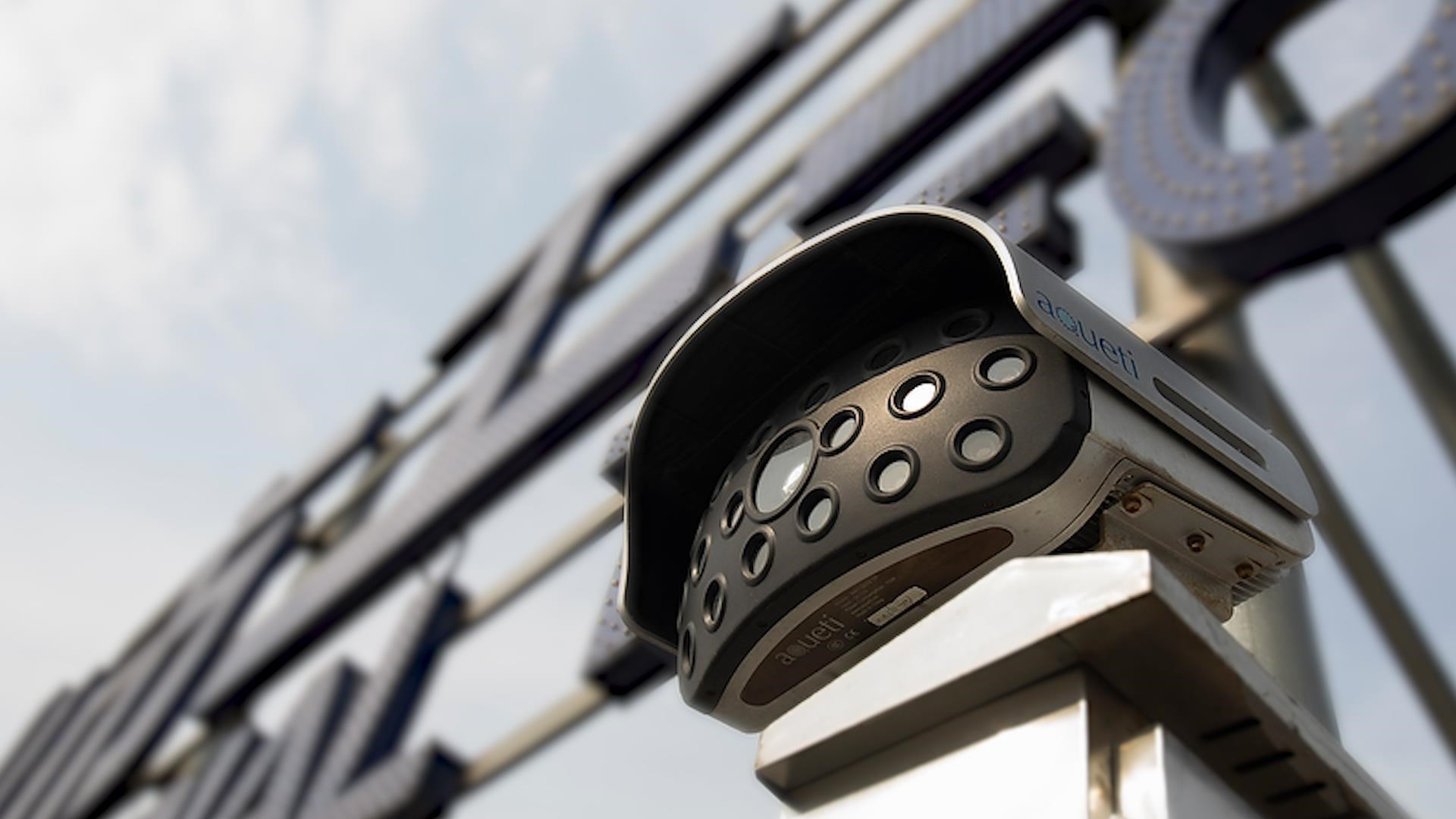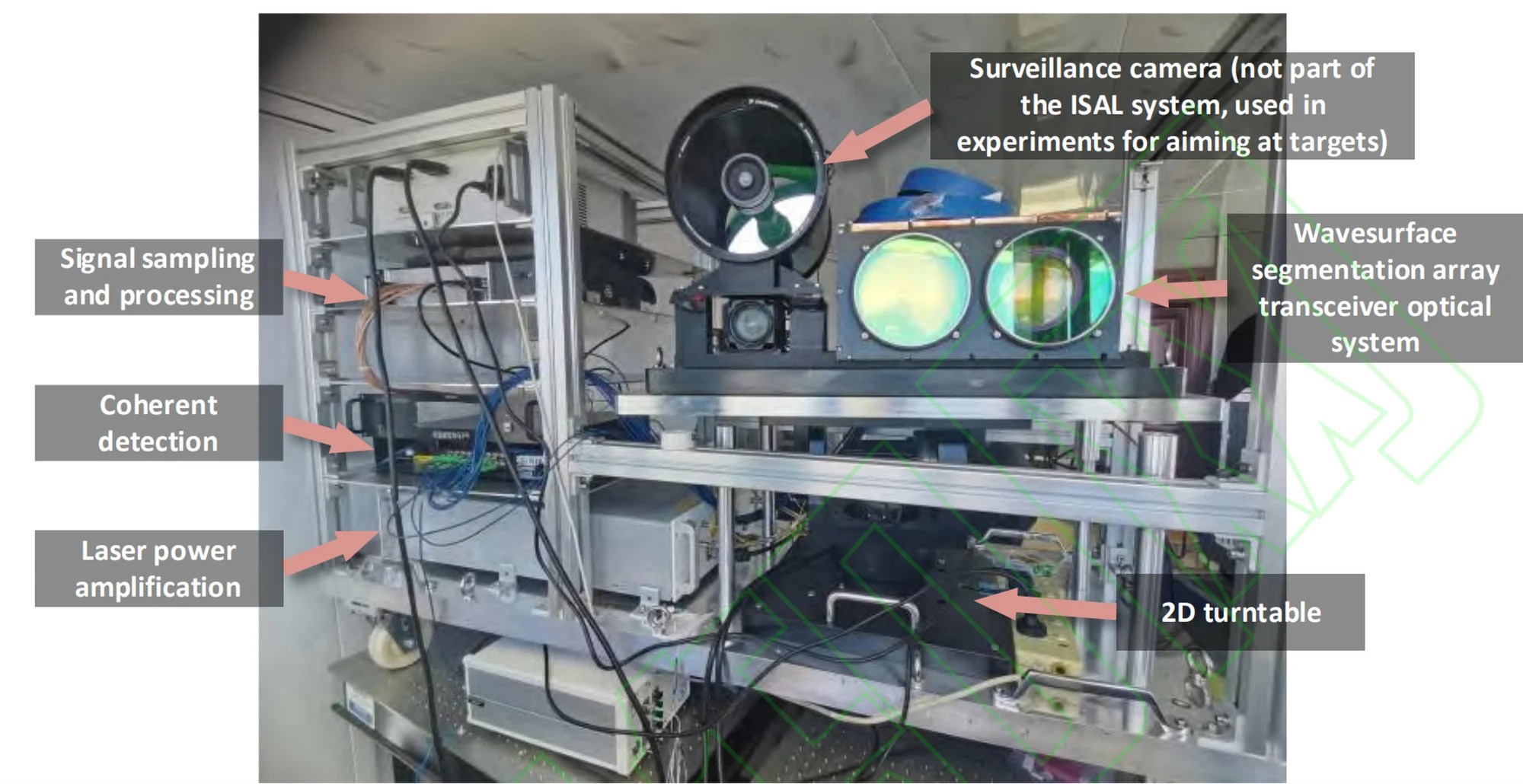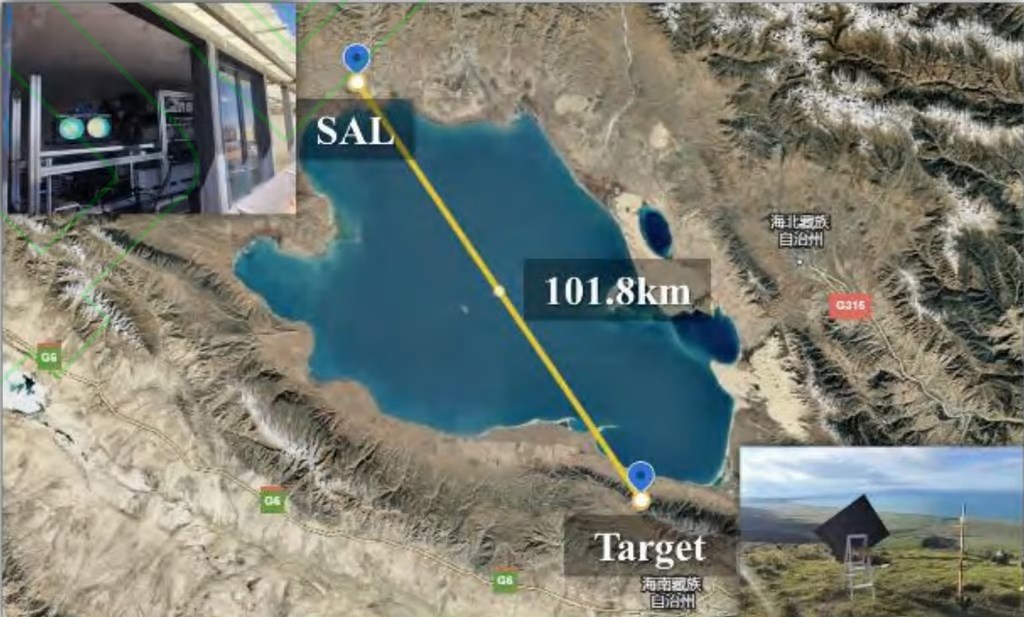 Chinese scientists have developed an extremely powerful laser -based technology that can capture details at the level of millimeters at a distance from 100 kilometers by making a big leap in the optical imaging field. This powerful system can allow Beijing to observe foreign military satellites with unprecedented details and even detect human faces from the low -world orbit.
Chinese scientists have developed an extremely powerful laser -based technology that can capture details at the level of millimeters at a distance from 100 kilometers by making a big leap in the optical imaging field. This powerful system can allow Beijing to observe foreign military satellites with unprecedented details and even detect human faces from the low -world orbit.100 times better than existing systems
Researchers proved the effectiveness of the system with a test in Lake Qinghai in northwest of China. Scientists using the laser -based advanced synthetic clarity Lidar system (Sal) obtained extraordinary clarity, focusing on reflector prisms placed 101.8 kilometers from the northern coast of the lake.
 However, weather conditions were ideal in the experiment; The sky was open, the wind is stable and the cloud cover was at a minimum. In this way, the system was able to detect only 1.7 millimeter details and reached a 15.6 millimeter accuracy level in distance measurements. This performance increases about 100 times the resolution offered by existing spy cameras and telescopes.
However, weather conditions were ideal in the experiment; The sky was open, the wind is stable and the cloud cover was at a minimum. In this way, the system was able to detect only 1.7 millimeter details and reached a 15.6 millimeter accuracy level in distance measurements. This performance increases about 100 times the resolution offered by existing spy cameras and telescopes.In order to make this extraordinary success possible, researchers have benefited from several critical technological innovations. The laser beam was divided by the 4 × 4 micro-lens series and the optical opening of the system was increased from 17.2 mm to 68.8 mm. In addition, a special laser module was used over 10 GHz sending signals at frequency. At the same time, the wavelength of the laser beam was kept in a narrow spectrum to increase the ability to perceive horizontal detail.
High potential
 This new system has the potential to revolutionize in the fields of surveillance and space observation. Fan Zhongwei and his team at the beginning of the project have developed this technology by combining their expertise in various fields such as laser engineering, photonic series and signal processing. “This is not just about seeing a satellite, but about reading the serial numbers on it,” a Beijing -based imaging scientist said.
This new system has the potential to revolutionize in the fields of surveillance and space observation. Fan Zhongwei and his team at the beginning of the project have developed this technology by combining their expertise in various fields such as laser engineering, photonic series and signal processing. “This is not just about seeing a satellite, but about reading the serial numbers on it,” a Beijing -based imaging scientist said.The 103 Watt laser is supported by a digital system that can process a much stronger and larger amount of data than traditional Lidar systems. Unlike traditional microwave -based synthetic clearance radars, this new system works at optical wavelengths and produces much sharper images.
Although this breakthrough is a great success, some technical difficulties remain on the table. Laser imaging is significantly affected by atmospheric factors. Cloud cover, moisture and air turbulence are the factors affecting image quality. Although sensitive imaging has been signed, it requires extremely precise mechanical stabilization to track moving objects at a distance of 100 kilometers.